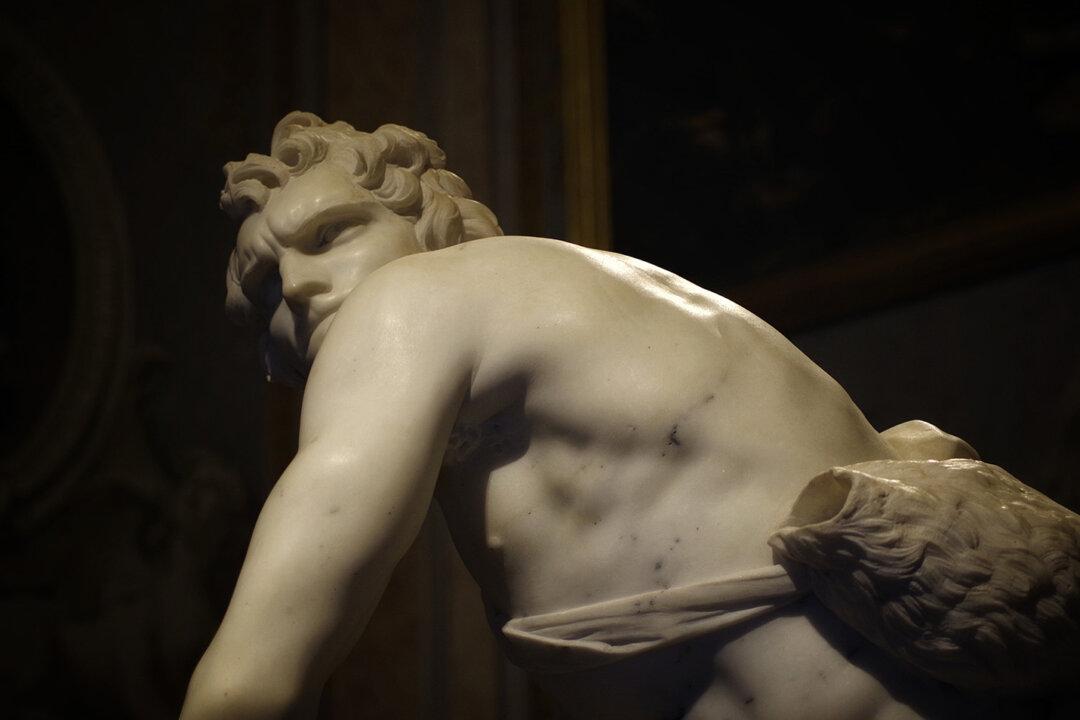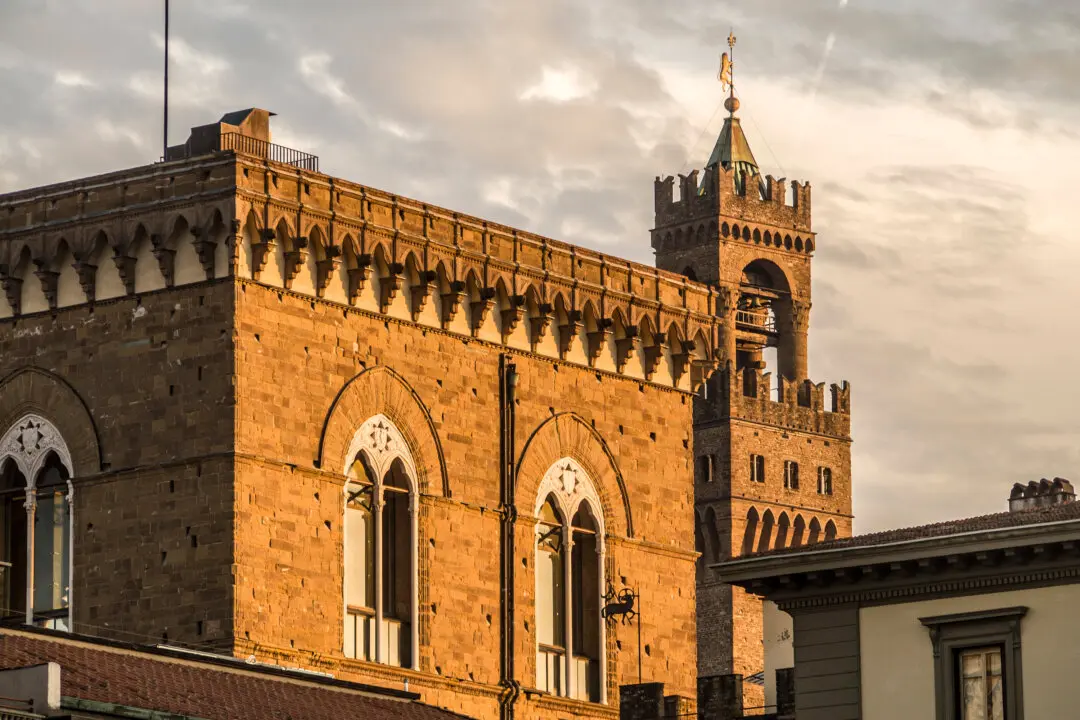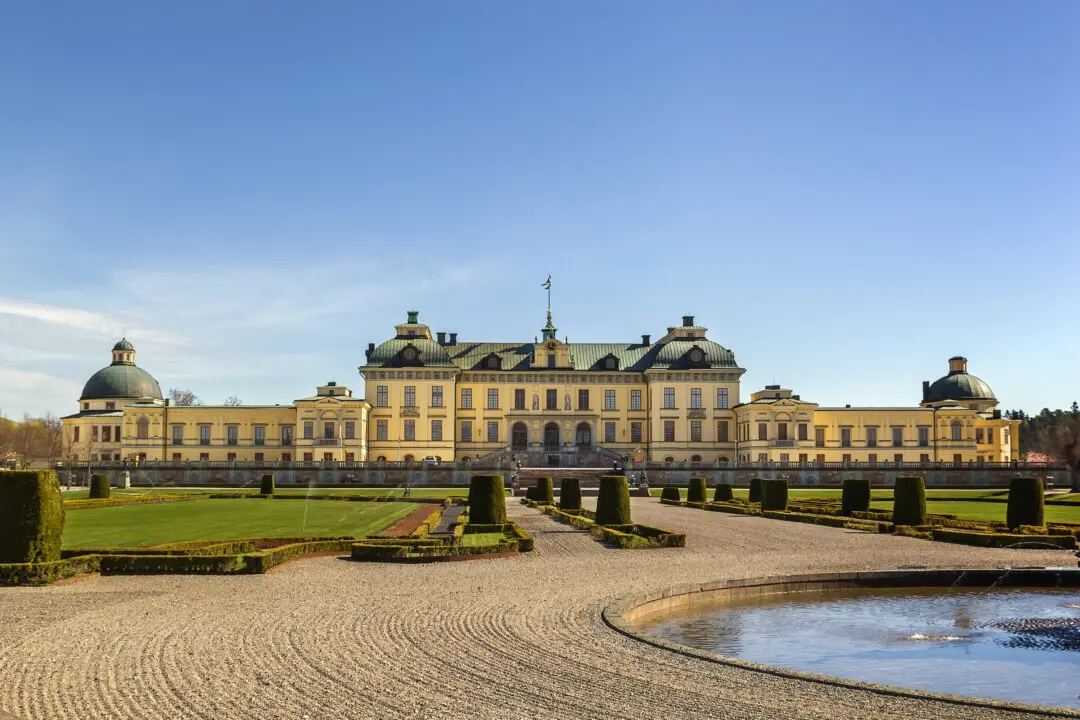If artists as brilliant as Michelangelo and artworks as definitive as his “David” are rare, the year marking the 120th anniversary of that sculpture’s unveiling saw an event almost unparalleled in artistic history. For the first and maybe the last time, there was an artist who could rival Michelangelo both as a sculptor and a master of multiple art mediums. And in 1624, that artist—Gian Lorenzo Bernini—unveiled a “David” of his own.
Born in 1598, Bernini benefited from a combination of genius and excellent artistic foundation. His father, Pietro, was among the better sculptors of his generation. Like Michelangelo, Pietro was originally from Florence, Italy, and learned his trade in that city. By 1606, he moved to Rome to fulfill a papal commission and would remain there for the rest of his life.





